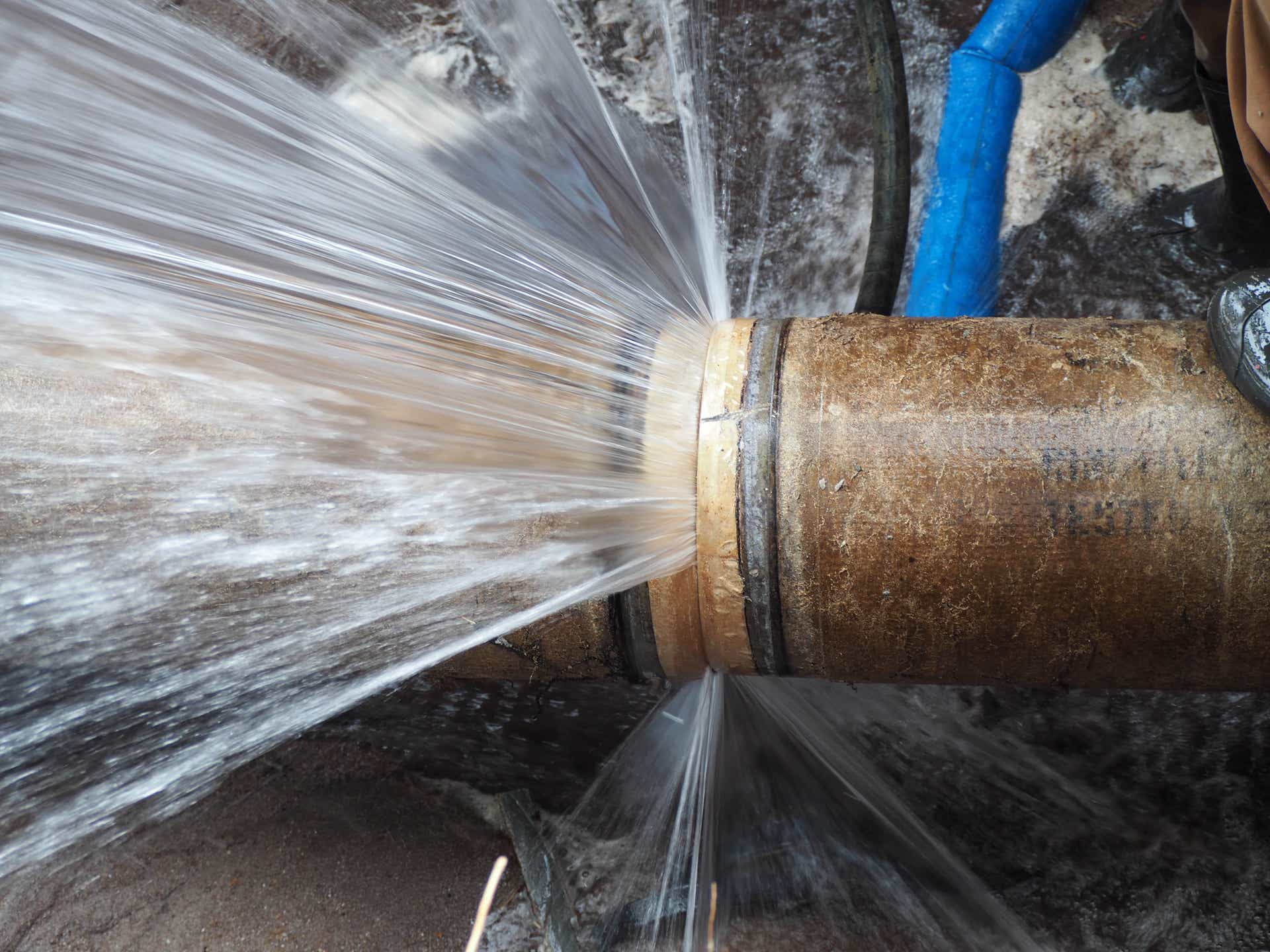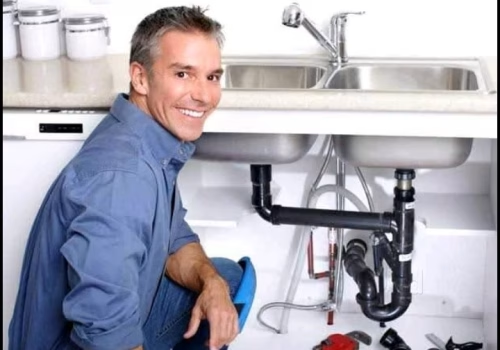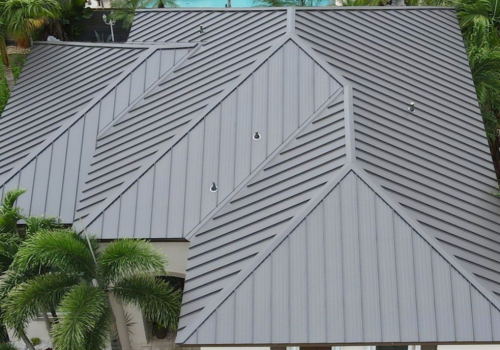Safeguarding Your Sanctuary: How to Prevent Burst Pipes During Cold Weather
As the temperatures plummet and winter settles in, many homeowners turn their attention to cozy fires and warm blankets, seeking refuge from the biting cold. Yet, beneath the comfort of a heated home, a hidden and potentially catastrophic threat looms: the risk of burst pipes. A frozen, ruptured pipe can unleash a torrent of water, causing thousands of dollars in property damage, disrupting daily life, and creating a logistical and emotional nightmare. While the scenario of a burst pipe is often associated with the most extreme cold snaps, the truth is that a little bit of proactive planning can make all the difference. Understanding the science behind frozen pipes and taking a few simple preventative steps is the key to safeguarding your home and maintaining your peace of mind throughout the winter season.
The physics behind RPV Emergency Plumbing and Drain Cleaning a burst pipe is a simple, yet powerful, concept. When water freezes, it expands. This expansion is relentless and exerts an incredible amount of pressure on the surrounding pipes, far exceeding the pressure a pipe is designed to withstand. The pressure can build up to the point of causing a pipe to split or burst. The rupture often occurs in a place far from where the ice block has formed, as the pressure builds and travels back through the water column. When the weather warms up and the ice inside the pipe thaws, the pressurized water is released, causing a sudden and often devastating flood.
Identify Your Home’s Vulnerable Zones
The first step in prevention is to identify the areas of your home most susceptible to freezing. Any pipe that is exposed to unheated or poorly insulated spaces is at risk. This includes pipes in unheated basements, crawl spaces, attics, garages, and on exterior walls. Outdoor faucets and sprinkler systems are also highly vulnerable. Even pipes that run through interior walls can freeze if they are located on an outside wall and insulation is inadequate.
A thorough walk-through of your property before the cold sets in is a vital first step. Check for any pipes that are in exposed areas and assess their current insulation. Knowing where your weak points are is the foundation of a good winter prevention strategy.
Insulate, Insulate, Insulate
Insulation is your first line of defense against freezing temperatures. The goal is to create a barrier that keeps the heat in and the cold out. For exposed pipes in unheated spaces, this can be as simple as wrapping them in foam pipe insulation sleeves, which are readily available at any hardware store. The sleeves are an inexpensive and easy-to-install solution that can make a world of difference.
For more extensive areas like a crawl space or an attic, you may need to consider more robust insulation, such as fiberglass batting. Sealing cracks and holes in exterior walls and around pipes where they enter the house can also prevent cold air from seeping in and reaching the pipes. A small investment in insulation now can save you from a major financial headache later.
The Power of the Faucet Drip
During periods of extreme cold, a continuous trickle of water from a faucet can be a surprisingly effective preventative measure. The simple act of keeping the water moving prevents it from freezing inside the pipe. This method is particularly useful for faucets located on an exterior wall. A small stream, the width of a pencil lead, is enough to keep the water flowing and the pressure from building up.
While this may seem wasteful, the amount of water used is minimal compared to the thousands of gallons of water and extensive damage that a burst pipe can cause. This strategy is an excellent last-resort option when temperatures drop to dangerous levels and you are concerned about your pipes freezing.
Conclusion: A Small Investment for Major Peace of Mind
A burst pipe is a nightmare scenario that no homeowner wants to face. The damage is often extensive and can be both financially draining and emotionally exhausting. However, this is a risk that is largely preventable with a little bit of foresight and a small investment of time and resources. By identifying vulnerable pipes, insulating them, and taking a few key preventative steps like dripping faucets and preparing outdoor systems, you can dramatically reduce your risk. The effort you put in today will ensure that you can enjoy the warmth of your home all winter long, confident that your pipes, and your peace of mind, are well-protected.





